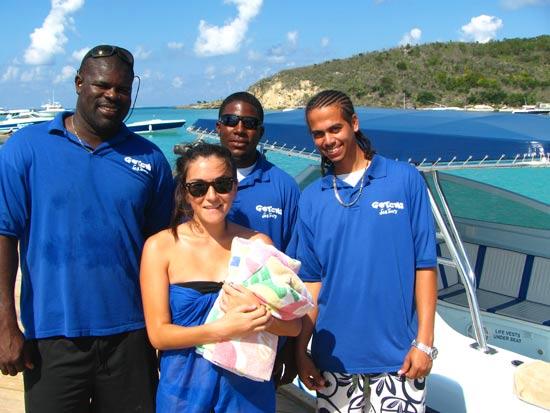Early European explorers could have easily overlooked the island of Anguilla due to its out of the way location. But even if they had, the island would not have been deserted. Amerindians had inhabited the island in some form or another for thousands of years before the first British settlers arrived on Anguilla. This uniquely shaped Caribbean destination boasts a rich history that is similar in many aspects to neighboring islands, but also has a past that makes this beautiful island one-of-a-kind.
Pre-Columbian History
About 4000 years ago, magnificent, lush, tropical rainforests covered Anguilla. Amerindians from South America discovered the island about 3500 years ago, long before Christopher Columbus and other European explorers even set eyes on Anguilla. These indigenous people came to Anguilla in dugout canoes and rafts. They were attracted to Anguilla for its prime fishing among the extensive coral reefs that surround the island. These people of the "Preceramic Period" lived in temporary camps and moved around the island gathering food. The Amerindians called the island Malliouhana, which means "arrow-shaped sea serpent" in their native language.
During the fourth century, the Amerindians that were living on Anguilla were of the Salidoid culture. The Saladoids came from the Orinoco Valley region of Venezuela in South America and were farmers, basket weavers, and pottery makers. The Arawak Indians also lived on Anguilla, and were a peaceful group of farmers and hunters who founded much of their work and day-to-day life on their religious beliefs, which were based on the moon, the sun, and two sacred caverns which they believed to be the birthplace of humans.
The Amerindians that settled on Anguilla were deeply ceremonious. Archaeologists have discovered numerous religious artifacts left by the Amerindians, including evidence of religious ceremonies at Big Springs and the Fountain, the two sacred caverns on the eastern side of the island. The most well preserved ceremonial artifacts in the Eastern Caribbean are found at The Fountain. Many other artifacts such as conch drinking vessels, shell axes, flint blades, and stone objects also indicate the existence of Amerindians on the island.
Garfield's Sea Tours - Gotcha!








